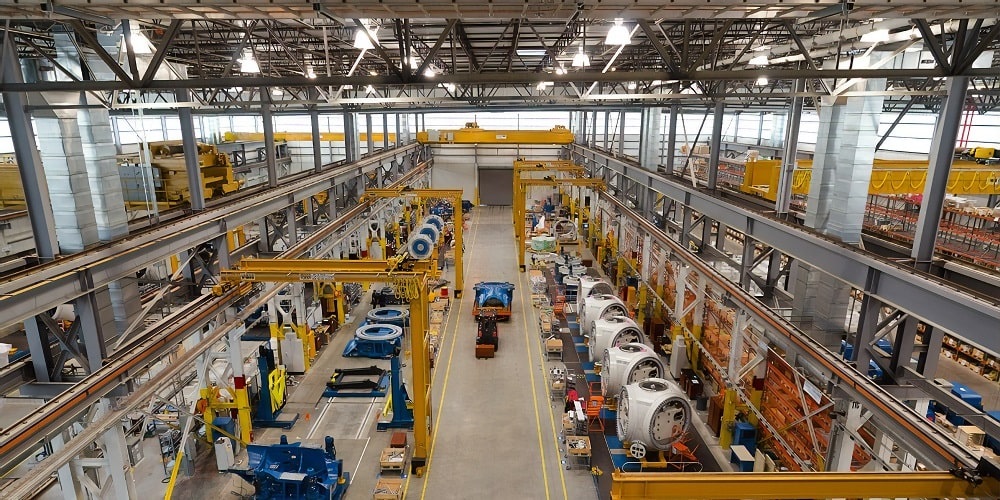
As we work remotely throughout this great crisis, the need for Lean and continuous improvement persists. COVID-19 continues to eke its way through the last months of the 2020 and uncertainty still looms large. But continuous improvement professionals ought to be lights in their organizations. The continuous improvement paradigm should propel practitioners to continue exhibiting the fundamentals of executions that will empower our organizations to come out of 2020 stronger than before. To Lean Six Sigma professionals, there is no “waiting it out” and no permissible “wait and see” approach. Improvement is a slope that we’re either moving up or down, improvement or stagnation.
It is important, therefore, to hold fast to the foundational disciplines with which our discipline is built. Standardization, visual management and respect for people will be key differentiators for our departments and organizations. The gemba walk is at the intersection of these three lynchpins. There are, however, lots of unknowns about conducting a gemba walk in the virtual space.
A gemba walk is an in-person walk through a defined process to assess the current state. The foremost purpose of the gemba walk is people-engagement. When walking a process in the office, hospital or factory floor, we ought to be engaging others to think critically about the current state. Everything else – whether it’s 5S, checklists, kanban or process flow – is secondary to exemplifying respect for people in your walk.
The following are some suggestions for conducting a gemba walk in the virtual space.
- One on one: Don’t try to conduct a virtual gemba walk with five people in a Webex call. This will lead to low participation and group think. Just as before, having one-on-one conversations will deliver the greatest current-state insights.
- Use cameras: Virtual meetings are opportunities for distraction and multitaskers, but that’s what there is for the time. By using cameras in your virtual gemba walks, you can curb some of these natural tendencies to become distracted. By being on camera yourself, you demonstrate the importance of engagement from your team.
- Set a cadence: Make sure you communicate to your team when you’ll be doing your gemba walk, which process you’ll be walking and who you’ll be walking with. Setting a constancy of communication will deliver accountability and build trust between you and your team.
- Screen share: If it’s applicable to the process, screen share may allow you to see parts of the process that you couldn’t see before. The virtual space provides new opportunities to look at parts of your process that may have seen too obtrusive back in the office. Make the most of this opportunity!
- Business as usual: Aside from these best practices, try to keep as much of the previous structure as possible. Keep the same performance metrics and don’t deviate from historic talking points, at least to start. Too many changes can overwhelm the team and lead to lower engagement in your Lean journey.
In order to be true champions of continuous improvement, we cannot wait out the crises facing our organizations. We must find ways to adapt and improve even in the most challenging of circumstances. To this end, the gemba walk is still foundational. The virtual space is an opportunity to engage with your team in a new and refreshing way. By leveraging the technologies and best practices discussed, you can ensure you keep engagement for continuous improvement activities high.